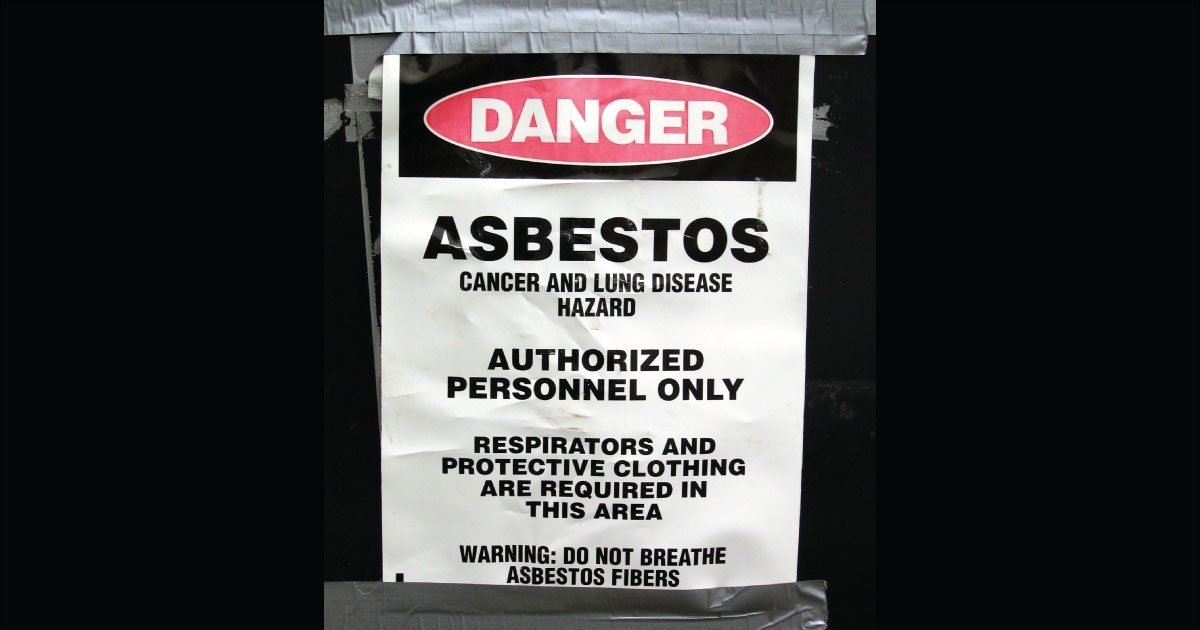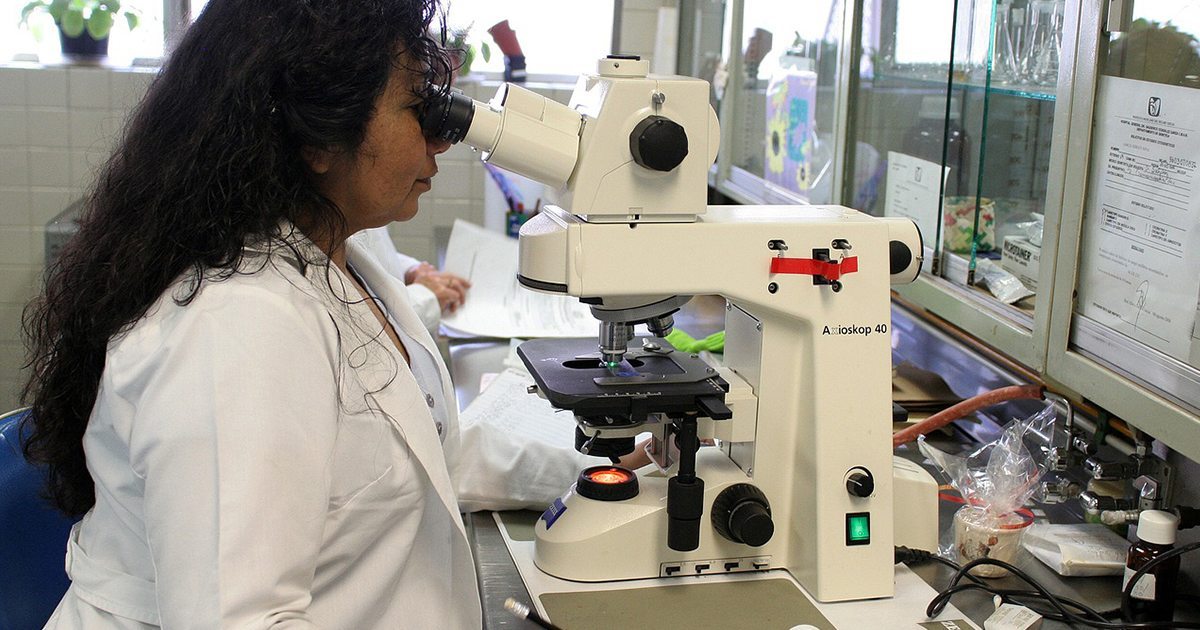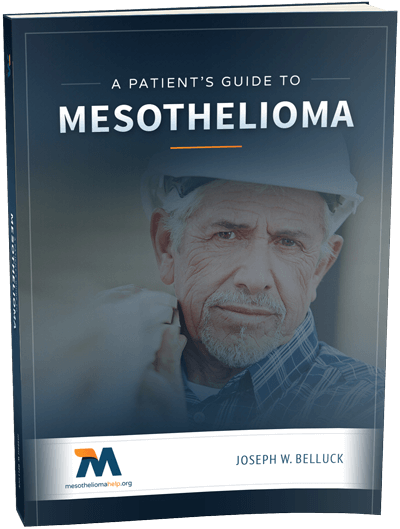Mesothelioma Help Cancer News
Nurse Helps Define Recovery for Mesothelioma Patients
When diagnosed with mesothelioma and undergoing treatment, patients often ask, “Is this the best I am ever going to feel?” Or they want to know, “Will I ever recover and feel good again?” Let’s look at what recovery looks like for mesothelioma patients.
The definition of recovery is: “a return to a normal state of health, mind or strength.” But, how long does it take to recover from mesothelioma? Recovery can be different for everyone, and it depends on the type of treatment the patients receive for their mesothelioma. Although that may sound like a non-answer, it comes down to the simple fact that everyone reacts differently to treatment. When it comes to managing mesothelioma, all patients are faced with a new reality; a new normal.
Unfortunately, there is no cut and dry answer for length of recovery. Some people say they feel better immediately, especially in regards to their breathing. When the benefits of chemotherapy and radiation kick in, people say their breathing is different. Although that is good, some patients are impacted by the side effects and may be plagued by fatigue.
Often times, patients feel better just starting to do something to battle the disease. Mentally, they feel stronger and more powerful because they are actively doing something. While surgery is a strong step in fighting the cancer, it is rarely a quick recovery. It takes time, sometimes a long time. But, the question you could ask yourself is: “Am I better at some point during my recovery than I was before I started treatment?”
I think it is a good idea to jot down any improvements you see or feel on a weekly basis, and reflect on the positive changes that you may slowly be realizing. Writing it down helps you focus on the positive. It may be baby steps, but it is progress.
Recently, I was asked about recovery by a 65 year old man who had undergone pleurectomy surgery just three weeks before, and his improvements were slow. He had complications, and needed time to regain his strength. The days can be long when you are recovering away from home, and you don’t know what the future holds. I am happy to report that after one more week at rehab, he went home to recuperate and was feeling much better. “Normal” is how he described how he felt.
Sometimes you just need to keep in mind that you will get better, and things will get back to normal for you. It will be a new normal, and that can take some getting used to, but each victory is a step in the right direction!

OSHA Sampling Shows Asbestos Air Measures Above Permissible Limits
An analysis of air sampling data in four industries shows breathable asbestos levels well above limits set by the Occupational Safety and Health Administration (OSHA).
OSHA established in the late 1980s a permissible workplace exposure limit of 0.2 fibers per cubic centimeter of air (0.2 f/cc), averaged over an eight-hour work shift. It also set a short-term limit of one asbestos fiber per cubic centimeter of air (1 f/cc) averaged over a 30 minute sampling period.
But according to an analysis of OSHA air sampling data collected over the period 1984-2011, personal air samples frequently exceeded OSHA exposure limits for four asbestos-using industries, with some measurements reaching as high as 175 f/cc.
“Asbestos compliance sampling data associated with the construction, automotive repair, manufacturing, and chemical/petroleum/rubber industries included measurements in excess of 10 f/cc, and were above the permissible exposure limit from 2001 to 2011,” writes lead researcher Dr. Dallas M. Cowan in a study published in Regulatory Toxicology and Pharmacology.
http://www.sciencedirect.com/science/article/pii/S0273230015001014
Airborne asbestos fibers result from raw asbestos used in manufacturing and the handling of asbestos products, which remain legal in the United States despite the dangers of asbestos exposure being established in scientific literature by the 1960s. Asbestos fibers in any amount can cause mesothelioma and other diseases, even with only one exposure incident.
Asbestos-containing products such as cement sheet, roofing products, and automotive components continue to be manufactured, imported, processed, and distributed in the United States. The Environmental Working Group (EWG) reports that over the last decade alone, more than 8 million pounds of raw asbestos have entered U.S. ports in addition to hundreds of shipments of asbestos-containing products. A recent EWG analysis puts the number of annual U.S. asbestos deaths at 12,000-15,000.
Construction workers can encounter asbestos while installing new products or while working on buildings with existing asbestos products. Automotive repair workers create asbestos dust when working on vehicle brakes, transmission components, and engines. Manufacturing workers who make products with raw asbestos are also at risk of exposure, while workers in the chemical/petroleum/rubber industries come into contact with asbestos-insulated machinery, asbestos gaskets, asbestos construction materials, and other asbestos products.
Complete Ban on Asbestos Needed
The Cowan report doesn’t contain all bad news. It also notes “historically decreasing trends in the consumption of asbestos,” declining mesothelioma incidence rates, and declines in airborne asbestos concentrations in some industries over the past 30 years.
Short of a complete asbestos ban, however, asbestos products will continue to put thousands of American lives per year at risk. Creating an asbestos-free future means acting now, since mesothelioma can take 15 to 50 years or more to develop following exposure to asbestos. Currently two competing bills—one that calls for an outright asbestos ban and another that does not and is generally viewed as more pro-chemical industry—are facing off in Congress.
Workers who believe they’re being exposed to asbestos can report the alleged violation to OSHA, which has the authority to impose monetary penalties on companies that expose workers to asbestos and other workplace hazards. Workers who are diagnosed with an asbestos disease may wish to assess their legal options.
“Analysis of workplace compliance measurements of asbestos by the U.S. Occupational Safety and Health Administration (1984-2011)” can be read in full on ScienceDirect.
http://www.sciencedirect.com/science/article/pii/S0273230015001014
Cryoablation is One Option for Managing Recurrent Mesothelioma
What can doctors do for patients when their mesothelioma recurs? Although many believe there are no options, recent advances have changed that. One of the options available is cryoablation. Cryoablation is a treatment that is being used for mesothelioma recurrences that involve the chest wall to help relieve pain and to improve the quality of life for mesothelioma survivors.
Cryoablation consists of controlled freezing to destroy cancer tumors in a safe and quick manner. It is sometimes used as a primary treatment for cancer of the kidney, liver, lung and prostate. Cryoablation can be used to relieve pain that the tumor might be causing by pressing on other organs.
An English physician, James Arnott, is credited with being the first to use cold to destroy tissue, as early as the 1800s. He used a combination of ice and salt to destroy unhealthy tissue. The ancient Egyptians were the first to use cold to treat swelling, showing the roots of the procedure in some form go way back.
Cryoablation is usually administered percutaneously, or through the skin, directly into the area of the diseased tissue. Through a wand-like device, a cryoprobe is inserted, and a gas is used to freeze the tissue. The tissue is then allowed to thaw. This cycle may be repeated several times during the same treatment session. Ablation occurs when the tissue has been frozen and the blood coagulates interrupting blood flow to the tissue, causing ischemia and cell death.
An April 2013 study from UCLA , “Role of percutaneous cryoablation in management of recurrent mesothelioma following lung sparing pleurectomy and decortications,” reports that for localized malignant pleural mesothelioma recurrences, cryoablation following surgery can be performed safely as an outpatient procedure with minimal morbidity, a very high efficacy rate, and improved overall survival.
Recently, the procedure is being performed in other mesothelioma centers. Ask your mesothelioma care team if this procedure is right for you. The UCLA study was done on an outpatient basis, but other institutions have patients stay one night in the hospital. The procedure is usually done under general anesthesia.
Here is another promising adaptation of an established procedure to improve the quality of life and survivorship for mesothelioma patients!

“Laboratory in a Patient” Could Allow Simultaneous Testing of Multiple Mesothelioma Drugs
Personalized cancer therapy allows doctors to target treatment to a patient’s unique mesothelioma characteristics. Oncologists can personalize and adjust care based on the efficacy of a treatment for the patient. However, determining the right treatment or how well a drug is working can take time, leaving the patient with precious little time if the drug is not effective at fighting off the deadly cancer.
Now, researchers at MIT, Beth Israel Medical Center and Fred Hutchinson Cancer Research Center and Presage Biosciences in Seattle have found a way to determine whether a patient’s tumor will be sensitive to a sampling of cancer drugs through an “implantable device” that can return nearly immediate results. The “laboratory in a patient” can contain samples of multiple drugs and simultaneously expose the tumors to all the drugs at once to assess the impact on the cancer, allowing the doctor to find the optimal drug for the patient.
In an April 22 article in MedlinePlus, researchers report two separate tools have been developed that can quickly detect whether a patient will respond to a treatment. With this approach, no biopsies are needed, several drugs are tested at once, and the patient is not exposed to side effects.
“Different patients can respond completely differently to the same drug,” said the lead author of one of the studies, Oliver Jonas, a post-doctoral associate in the Robert Langer Lab at the Massachusetts Institute of Technology’s Institute for Integrative Cancer Research. “So you have to test therapies sequentially. And it can take several weeks to many months to see the effect of a single therapy,” Jonas said.
“So the motivation of this whole study was to find ways to identify the optimal therapy in a patient before a treatment decision is actually made,” Jonas said.
Mesothelioma, often called asbestos cancer as the signature cancer of the mineral, is highly aggressive, with no known cure. Most often, the cancer resists the selected treatment, leaving the oncologist scrambling to find another option that may prove effective. Unfortunately, this gives the mesothelioma time to grow and divide, impacting the patient’s survival.
One device, that can hold 16 different cancer drugs, according to MedlinePlus, was tested on mice using melanoma, prostate and breast cancer tumors. The results showed “a reliable and accurate way to predict each drug’s effectiveness.” However, Jonas warned that the test comprised a mere millionth of a full dose, although he added, that the amount “correlated strongly” with the impact of a full dose used in treatment.
Personalized care targeted to a patient’s unique mesothelioma characteristics optimizes the potential for success of the treatment and offers treatment options that may not otherwise have been considered. The use of this device could allow oncologists to personalize treatment to each patient’s reaction to the therapies.
The second device, from the Seattle team, is a handheld microinjection device designed to test up to eight drug samples in tumors located near the surface of the skin, such as skin cancer, breast cancer, and lymphoma. Initial tests have been conducted in four humans with no serious side effects.
The researchers concluded, “Because these effects are crucial to predicting drug response, we envision that these devices will help identify optimal drug therapy before systemic treatment is initiated and could improve drug response prediction beyond the biomarkers and in vitro and ex vivo studies used today.”
Dr. Peter Kozuch, associate professor of medicine, hematology and medical oncology at Beth Israel Medical Center in New York City, adds that more research must be done, and they must see the same benefits and results in people as they have seen in the lab.
“The field of oncology is increasingly trying to become more precise,” said Dr. Kozuch. “But this is brand new technology, ” he cautions, “And unfortunately there is simply no shortcut to clinical development.”
Findings from both studies were published online April 22 in Science Translational Medicine (http://stm.sciencemag.org/content/7/284/284ra57).
See Mouse Models That Mimic Human Tumor Growth Could Lead to New Approach to Personalized Mesothelioma Care for a study where researchers tested parallel tumor progression in patients suffering from the disease in an animal laboratory mice.
Know more about Mesothelioma and how you can deal with it.

EWG Analysis: Asbestos Kills 12,000-15,000 Americans per Year
A new analysis by the Environmental Working Group (EWG) finds that asbestos kills significantly more Americans each year than previously estimated—and the actual asbestos death toll may be much higher.
Using data from the Centers for Disease Control and Prevention (CDC) database, EWG calculated that from 1993 to 2013, 189,000 to 221,000 people (12,000 to 15,000 per year) died from mesothelioma, lung cancer, and asbestosis in the United States.
EWG says that public records of U.S. asbestos-related deaths are imprecise, however, and that their estimate is conservative.
“As shocking as these figures are, they may be too low,” said epidemiologist and former assistant Surgeon General Dr. Richard Lemen in a press release from EWG Action Fund.
http://www.prweb.com/recentnews
“The report did not estimate deaths from the other-asbestos-related diseases. Furthermore, some studies suggest even higher lung cancer rates in asbestos-exposed workers,” said Lemen.
According to EWG, 39,870 American died from mesothelioma, an incurable cancer caused exclusively by asbestos exposure, from 1999 to 2013. Over the same period, EWG estimates that 20,317 Americans died from asbestosis, a type of lung scarring caused by asbestos fibers, while as many as 159,480 died from asbestos-related lung cancer.
In addition to deaths from these causes, it is believed that asbestos exposure can also cause cancers of the larynx, pharynx, stomach, colon, ovaries, and rectum. An older study by EWG that includes asbestos-related gastrointestinal cancer puts the number of annual U.S. asbestos deaths at around 10,000.
U.S. asbestos use peaked in the 1970s and the carcinogenic mineral fiber is no longer mined in this country, but it continues to be imported and used in a wide range of products. An EWG analysis of U.S. port records indicates that at least 8 million pounds of raw asbestos have arrived here since 2006.
EWG’s figures indicate that there was no apparent decline in asbestos deaths from 1999 to 2013. There were 2,481 mesothelioma deaths in 1999 compared to 2,686 in 2013 and a high of 2,874 in 2012. Asbestosis deaths were virtually identical in 1999 and 2013 (1,258 vs. 1,229). Both EWG’s lower and higher estimate of lung cancer deaths show increases from 1999 to 2013.
This can be attributed to the long latency period of many asbestos diseases. Mesothelioma, for example, can take 15-50 years or more to develop from the time of initial asbestos exposure.
Given the lag between asbestos exposure and disease onset, asbestos disease rates will likely remain high for years to come. One expert estimates that within the next three decades 300,000 Americans will die from asbestos.
“The only way to see the numbers of asbestos-related fatalities significantly decline among Americans is for our elected leaders to adopt an outright ban on the deadly substance,” said Sonya Lunder, author of the EWG report, “Asbestos kills 12,000-15,000 people per year in the U.S.”
Free Mesothelioma Patient & Treatment Guide
We’d like to offer you our in-depth guide, “A Patient’s Guide to Mesothelioma,” absolutely free of charge.
It contains a wealth of information and resources to help you better understand the condition, choose (and afford) appropriate treatment, and exercise your legal right to compensation.
Download Now